Kitah Vav (6th Grade) Information
Kitah Vav (6th Grade) students are priming themselves for a life as a future responsible member of the Jewish community. They take their studies to the next level and take themselves that much more seriously, and we honor that. The 6th grade curriculum is designed to meet these emerging young adults where they are today – questioning, evaluating, sure of themselves, uncertain.
Goals:
- To meet the changing intellectual and emotional needs of middle school students.
- To study the prayers found in the Shabbat morning Torah service and the concluding prayers of the prayer service.
- To begin preparing to become B’nai Mitzvah.
- To study the history of the Jewish people beginning with East European Jewry in the late 1800’s through present time with specific focus on Jewish Immigration to the United States in the early 1900’s, the Holocaust, and the development of the State of Israel.
- To strengthen bonds and build relationships between students and among families in order to encourage long-term commitment to Jewish education.
The 6th grade Pre-B’nai Mitzvah and History curriculum will includes parent education, family education, team-building opportunities, and fall and spring family gatherings.
In May, the two grades and their parents will join the Principal, teachers, and Rabbi on a trip to Ellis Island/NYC for an exploration of Jewish history and family roots/routes. This trip will take place every other year.
In addition, but by choice, the girls in this grade will participate in Rosh Chodesh: It’s a Girl Thing!
In 6th Grade, the primary Judaic focus is History, beginning with the roots of Anti-Semitism in Europe leading up to the Holocaust, the voluntary and forced emigration of Jews from Europe into America, and how these events prompted the formation of the State of Israel. Students will delve into these studies from a personal viewpoint – finding “My Place in the World” as they follow their family’s history. In the second semester, students will prepare an Immigration and Holocaust museum featuring individual papers, projects, artifacts, and art pieces that will be available for viewing by the Religious School, parents, and Temple community.
6th Grade students will begin preparing to become B’nai Mitzvah by mastering the prayers and blessings in the Torah service as well as the concluding prayers of the service. Students will be required to read the Hebrew prayers, translate key words, and understand the general meaning of each prayer. During the year, students will participate at a Friday night service, demonstrating their ability to lead the congregation in prayer and performing a play based on the weekly Torah portion.
6th Grade families will engage in a 2 part Family Education series focusing on B’nai Mitzvah preparation. Families will have the opportunity to meet with clergy, begin exploring their assigned Torah portion, discuss the meaning of B’nai Mitzvah beyond parties and gifts, and begin their 13 Mitzvot B’nai Mitzvah – Mitzvah Mate projects.
Texts:
The Rabbi’s Bible: The Early Prophets
This book leads the student through Judges, Kings, and the early prophets. It is intended as a textbook and guidebook for the beginning student of these texts. The book provides commentary and resources to engage more fully in the text. The goal in this process is for the student to gain a sense and appreciation for these texts and find personal meaning within.
Joshua
Judges
Samuel 1
Samuel 2
Kings 1
Kings 2
Text: Bible Scenes, Stan Beiner
This book provides funny, yet informative dramatic skits for each of the weekly Torah portions. It is a great way to involve and engage all the students in the learning of our sacred text.
The Time of Our Lives: A Teen Guide to the Jewish Life Cycle
In this text our students explore how Jewish life cycle events help us mark and celebrate the milestones we each encounter in our lives. By exploring these events, they are connected to past and future generations. This book also teaches students what they can expect at various life-cycle events and what they can do to make personal and meaningful traditions for themselves.
Text: Hineni 3: The New Hebrew Through Prayer
This book takes the student through a series of vocabulary and exercises to help understand and gain confidence in several prayers:
Ayn Kamocha
Av Harachamim
Ki Metzion
Lecha Adonai
Bircat HaTorah
Bircat HaHaftorah
VeZot HaBracha
Eitz Chayim Hee
Al Shlosha Devarim
Aleinu
Kadeesh
Ayn Keloheinu
Evening Shabbat Zemirot
Holiday Concepts and Vocabulary:
Rosh Hashanah
Shehecheyanu with apples and honey
Aseert Yemei Teshuvah
Avina Malkeinu
L’Shanah Tova Tikateivu v’tichateimu
Machzor
Shabbat Shuvah
Selichot
Yamim Noraim
Yom Ha Din
Yom Hazikaron
Yom Teruah
Yom Kippur
Al Chayt
Ashamnu
G’mar Chatimah Tovah
Kol Nidrei
Yizkor
Sukkot and Hoshana Rabba
Hoshana Rabbah
Lulav
Shalosh Regalim
Shemini Atzeret
Mashiv ha Ruach u’morid Ha Geshem
Shemini Atzeret
Al HaNissim
Chanukiah
HaNerot Halalu
Judah Macabee
Kislev
Latkes/levivot
Modin
Mesgadol Haya Po/Sham
Sufganiot
Purim
Adar
Al Hanisim
Esther/Hadassah
Matanot La-Evyonim
Mishloach Manot
Ta’anit Esther
Pesach
Arba’ah banim
Arba Kushiot
Hag Ha-Aviv
Kos Shel Eliyahu
Hallel
Mechirat Chametz
Nisan
Shabbat HaGadol
Yom Hashoah
Shoah
Yad Vashem
